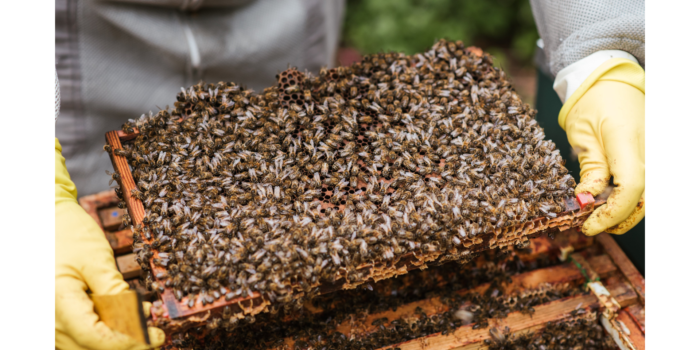As professionals, we all understand the importance of personal protective equipment (PPE) when working with power tools, machinery, or heavy equipment. One of the essential elements of PPE are impact gloves. These gloves are designed to protect the hands from the impact of heavy blows or vibrations, providing an added layer of protection for the worker. In this guide, we’ll try to understand the purpose of impact gloves, including what they are, how they work, and what they’re used for.
What are Impact Gloves?
Impact gloves are a type of safety gloves that are designed to protect workers’ hands from the impact of heavy blows or vibrations. They are typically made from durable materials such as leather, synthetic leather, or high-performance fabrics like Kevlar or Dyneema.
The gloves are reinforced with padding and hard-shell armor on the knuckles, fingers, and palms, providing extra protection for the wearer’s hands.

How do they Work?
Impact gloves lessen impact intensity by absorbing and spreading force over a larger area. Gloves protect hands from blunt force injuries during hammering, drilling, or operating heavy machinery.
The gloves are made with a combination of shock-absorbing materials, such as foam or gel padding, and hard-shell armor, like TPR or PVC. The padding and armor work together to distribute the impact of the blow over a larger area, reducing the likelihood of injury.
What are Impact Gloves Used for?
Impact gloves are used in a variety of industries, including construction, oil and gas, automotive, and manufacturing. They are ideal for workers who are exposed to heavy blows, impacts, or vibrations in their line of work.
Construction workers, for example, may use impact gloves when using jackhammers or power drills. Automotive mechanics may use impact gloves when working with pneumatic tools, such as air ratchets or impact wrenches. In the oil and gas industry, impact gloves may be used when handling heavy equipment or working with drill pipe.
The key is to identify the hazards associated with the job and choose the appropriate PPE, including impact gloves, to protect workers from harm.
Benefits of Impact Gloves
The benefits of impact gloves go beyond protecting the hands from blunt force trauma. They also provide an added layer of protection against cuts, scrapes, and abrasions, reducing the risk of injuries during job.
Impact gloves provide a secure grip, even in wet or oily conditions. This feature is particularly important for workers who handle slippery or greasy objects, like automotive mechanics or food processing workers.
Impact gloves are also designed to be comfortable, providing a snug fit that allows for dexterity and flexibility. This ensures that workers can perform their jobs safely and effectively, without compromising on comfort or mobility.
Choosing the Right Gloves
When selecting impact gloves, it’s essential to choose the right type for the job. Several factors considered, including the level of impact protection required, the type of work being performed, and the working conditions.
Some impact gloves are designed for light to medium impact protection, while others are designed for heavy-duty protection. The level of protection required will depend on the type of work being performed and the potential hazards.
The type of work being performed will also dictate the type of gloves needed. For example, if working with oily or greasy objects, gloves with a textured or roughened surface may be more appropriate.
Finally, working conditions such as temperature, humidity, and exposure to chemicals or solvents will also influence the choice of gloves. It’s essential to understand the purpose of impact gloves and that are appropriate to ensure maximum protection.




